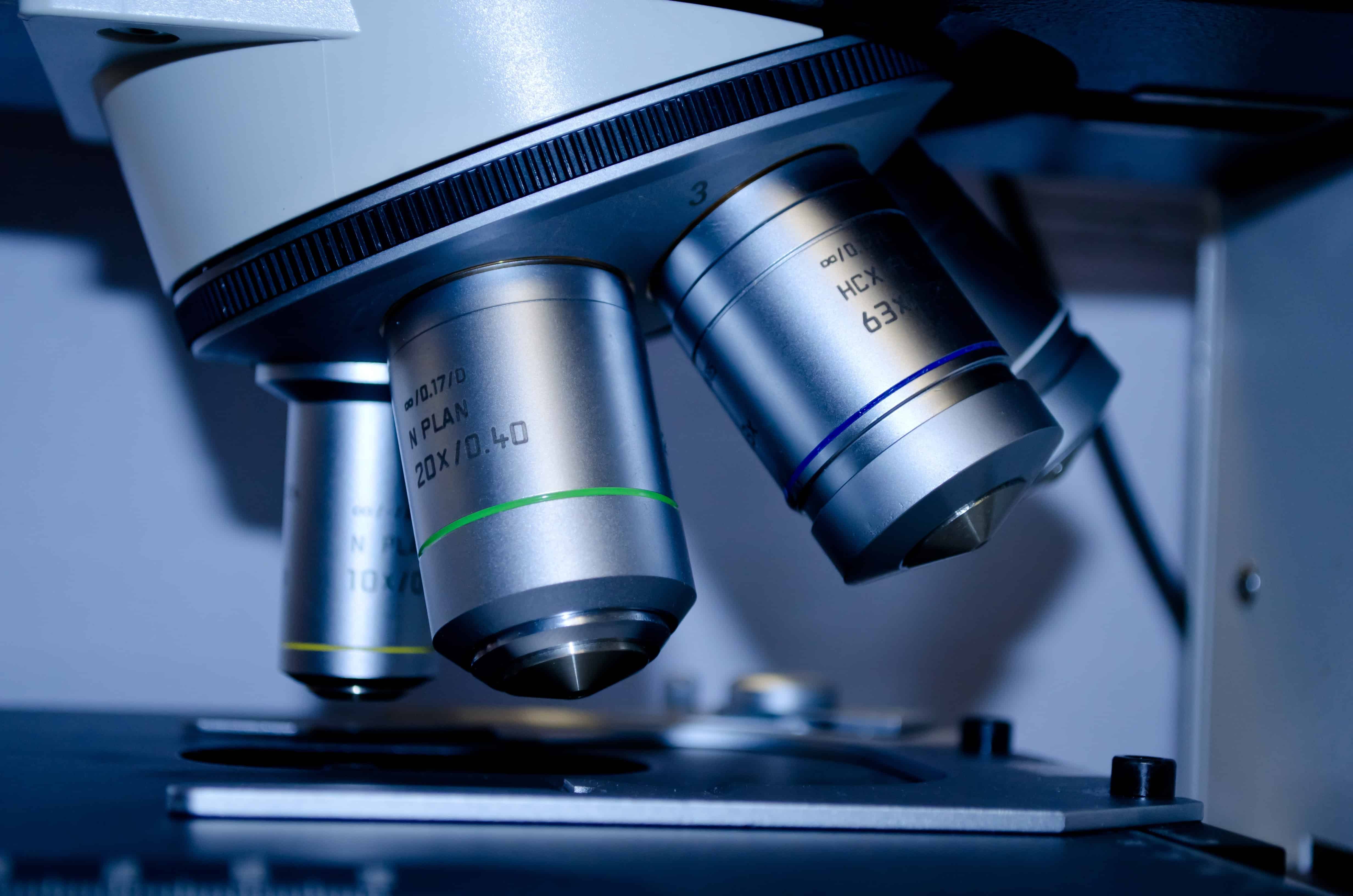Sources of Stem Cells
Almost all cells in the body have a specific purpose but stem cells are different and special. They have the ability to differentiate and renew themselves. There are various sources of stem cells and based on their nature of origin they are divided into certain types.

This article will tell you:
- What are stem cells?
- Types of stem cells
- Sources of stem cells
- How to use stem cells for your benefit
What Are Stem Cells?
Almost all cells in the body have a specific purpose but stem cells are different and special. They have the ability to differentiate and renew themselves. These special cells can divide into any type of cells the body needs.
Stem cells do not have a specific purpose of their own. Over the course of time, our body undergoes damage and is in need of new cells. Stem cells provide the body with new cells.
Mainly, stem cells act as a repair system for the body. As long as you are alive, your stem cells keep dividing to replenish the internal organs and tissues of the body without any limitations. When a stem cells goes through a division process it has the ability to become any type of cell as needed.
These cells are needed on a constant basis for fixing organs, tissues, blood, and skin. Because of these innate properties stem cells have been the centre of attention for many decades in the medical industry.
Stem cells have been a very promising answer to many previously untreatable diseases. Another important property of stem cells is that if provided with the right physiological environment, they can be induced in the body to create a whole organ or tissues.
Types of Stem Cells
There are various sources of stem cells and based on their nature of origin they are divided into two types:
- Adult stem cells
- Embryonic stem cells
The embryonic stem cells are also called pluripotent because they can differentiate into all types of cells except for producing structures of the umbilical cord and the placenta.
The rest of the stem cells, also categorized as adult stem cells are called multipotent. It means they can only differentiate into a few specific types of cells to build various organs and tissues.
Adult Stem Cells
Adult stem cells or somatic stem cells are present in everybody throughout the course of their life and are used whenever the body is in need of them.
Although still non-specific, these cells are more specialized than the second type. They remain this way until the body requires the stem cells to be changed into a special type of cell, for instance skin, muscle, or brain cells.
Based on previous studies, it was believed that stem cells can only divide into the type of the tissue they are originated from. However, it is now discovered that they are capable of dividing into any cell type as per the requirement of the body.
These stem cells are mainly found in the following types of tissues:
- Skin
- Liver
- Bone marrow
- Brain
- Blood and blood vessels
Induced Pluripotent Stem Cells
These cells are basically adult stem cells that are altered to have the properties of embryonic stem cells. These stem cells are produced in laboratories using tissue and skin cells by doing genetic reprogramming.
Once this process is complete, the adult stem cells start to act like embryonic stem cells. Embryonic stem cells have better ability to differentiate into any other type of cell as needed.
This new technique allows scientists to use reprogrammed cells to avoid system rejection issues by the host body when injected.
Embryonic Stem Cells
During the earliest stage of pregnancy, the embryonic stem cells start to form in the embryo. This happens during the very first days of the pregnancy when sperm cells fertilize a female egg in an in-vitro fertilization clinic.
These stem cells have more capability to divide and differentiate into any type as compared to the adult stem cells because they are derived from the undifferentiated cell mass of an embryo and have unlimited potential to differentiate.
Sources of Stem Cells
Stem Cells from Umbilical Cord Blood
Cord blood is the most important source of stem cells that is usually discarded as a human waste. Similar to the bone marrow, cord blood is very rich in hematopoietic blood cells and are much easier to collect. These stem cells have been used commonly for almost two decades for treating children and adults.
The umbilical cord blood cells can be extracted after birth causing no harm to the newborn or the mother. This stem cell treatment is very low cost and noninvasive which makes it safer than all the other methods.
Though very easy to collect, these stem cells are not found in abundance as compared to the bone marrow stem cells.
Another benefit of these cells is that they can be stored for longer periods of time and have minimal immune rejection by the host when injected.
Stem Cells From Amniotic Fluid
Amniotic fluid is a protective fluid which protects the fetus in the womb. It is a great source of stem cells. Both the membrane and the amniotic fluid are discarded after the birth of the baby, but can be retrieved after a cesarean section with proper consent from the donor.
Stem Cells from Bone Marrow
The entire process of obtaining stem cells from bone marrow begins with finding a suitable match for the patient, which is preferably a donor from an immediate family member. If there is no success in finding a donor from family, then donations from volunteers are asked for. However, the latter can lead to immune rejection issues when the cells are transplanted.
The entire process includes assessment of various factors like blood tests, studying the potential donor’s medical history, and then finally extracting the stem cells from the bone marrow. This makes this process very expensive and time consuming.
Hypoxia for the Differentiation of Stem Cells
Stem cells have a specific ability to self-renew and differentiate however this process is quite slow because of the normal oxygen levels present in the body. To provide the stem cells with an ideal environment that enables them to differentiate rapidly, a hypoxic environment is necessary.
In a hypoxic environment the oxygen levels are down to only 2% as compared to the normal percentage of 21% in the atmosphere. Due to the low concentration of oxygen the stem cells react less with the oxyradicals. which keep the cells protected and stop them from differentiating.
Did you know that hypoxia can be achieved through breathwork practices? Check out SOMA Breathwork to reap the many health benefits of intermittent hypoxia and get stem cells differentiating in your body without having to go through stem cell therapy!
Also for those interested in becoming a SOMA Breathwork coach, our SOMA Breathwork Facilitator program is worth checking out.
References
Sources of stem cells for regenerative medicine. 2008 Spring;4(1):3-11.
Retrieved from: https://www.ncbi.nlm.nih.gov/pubmed/18286392
Stem cells basics. Retrieved from:
https://stemcells.nih.gov/info/basics/1.htm
National Institutes of Health guidelines for human stem cell research. National Institutes of Health. Retrieved from: https://stemcells.nih.gov/policy/2009-guidelines.htm
Sources of stem cells. Retrieved from:
https://www.houstonstemcelltherapy.com/other-sources-of-stem-cells.html#amniotic
Stem cell information — Frequently asked questions (FAQs). National Institutes of Health. https://stemcells.nih.gov/info/faqs.htm
What are stem cells, and what do they do? October 2018. Retrieved from:
https://www.medicalnewstoday.com/articles/323343.php
Sources of stem cells. November 2016. Retrieved from:
https://www.bioeden.com/us/news/best-sources-stem-cells-explained-cord-blood-bone-marrow-teeth/
Stem cells. Retrieved from: https://medlineplus.gov/stemcells.html
https://www.closerlookatstemcells.org/learn-about-stem-cells/stem-cell-basics/



Leave A Comment